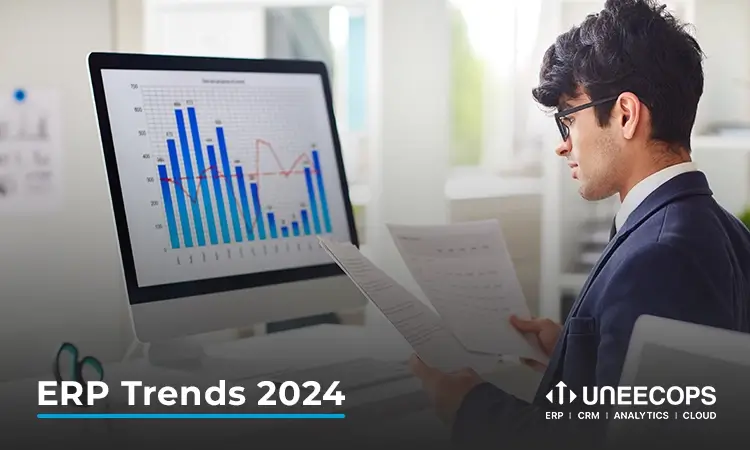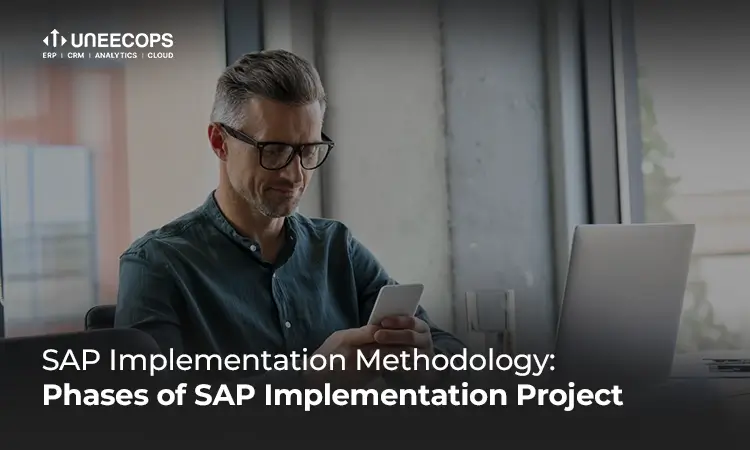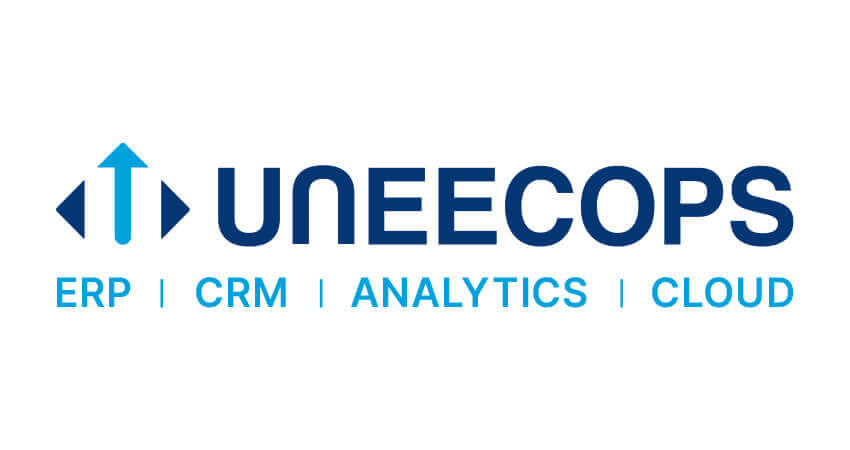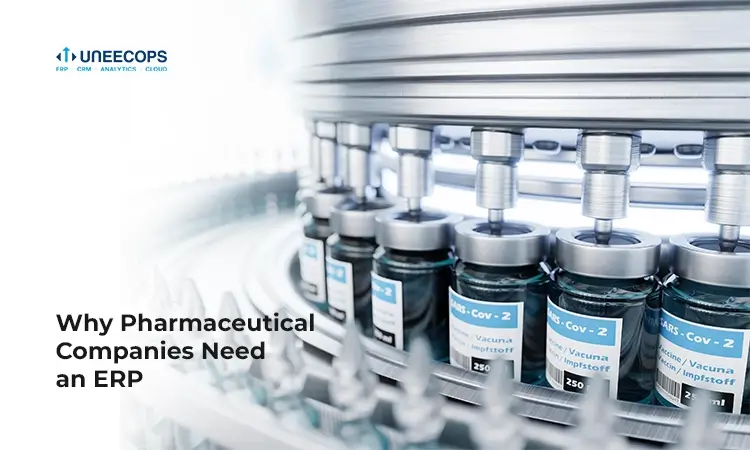Introduction/Overview
ERP, or enterprise resource planning, is a software framework that organizations use to manage and integrate various aspects of their business processes. At its core, ERP plays a fundamental role in enabling, simplifying, and standardizing business processes. It encompasses various essential functions such as accounting, project management, procurement, risk management, compliance, and supply-chain operations.
A comprehensive ERP suite includes enterprise performance management software for financial planning, budgeting, prediction, and reporting. This means fostering seamless collaboration among diverse departments like finance, human resources, engineering, IT, marketing, and operations. ERP ensures effective communication and coordination among people and systems within these departments by facilitating the exchange of valid, compliant data. In essence, ERP acts as a cohesive force, promoting collaboration and integration of business processes and technologies across the organization.
ERP underscores a fundamental principle: the central data collection for widespread accessibility and utilization. ERP systems replace the reliance on scattered databases and numerous disconnected spreadsheets, bringing coherence to the organizational data landscape. With ERP in place, every employee, from the CEO to the accounts payable staff, can generate, store, and utilize data using standardized processes, tools, and controls. Supported by a secure centralized data repository, users can trust in the data’s accuracy, currency, and completeness. This commitment to data integrity applies seamlessly to all ERP tasks, ranging from routine financial statements to on-the-fly outstanding receivables reports. The days of disjointed, insecure, unprotected, and error-prone spreadsheets are rendered unnecessary with ERP’s comprehensive approach.
Origin of ERP
The origins of ERP can be traced back to mainframe computing and inventory control packages that emerged in the 1960s. In the subsequent decade, the widespread embrace of Database Management System (DBMS) tools paved the way for the evolution towards materials requirements planning (MRP) systems during the 1970s. The late 1980s witnessed the transformation of MRP into ERP, facilitated by on-premises systems that allowed customization to cater to specific business processes.
As the 2000s unfolded, the adoption of Software as a Service (SaaS) architectures played a pivotal role in expanding ERP functionalities to encompass supply chains, expense management, and HR and compliance functions. The landscape continued to evolve in the 2010s with the advent of cloud computing functions, ushering in a new era for ERP. During this period, the integration of new digital technologies significantly altered the user experience, revolutionizing how individuals interacted with applications, including ERP systems.
The need for ERP in a business setup
Every organization needs to do tracking, mapping, data analyzing and this may involve one system; multiple integrated systems; multiple, disjointed, and disconnected systems; or even spreadsheets.
With ERP coming into the picture, it brought a modern technology tool to collect, store, manage, report, and interpret data from their various business activities. Historically, ERP ran as on-site software. Today, ERP is increasingly cloud-based.
Core Concepts/Modules and Components of ERP
Finance Module:
The Finance module in ERP systems is responsible for managing financial transactions, budgeting, and accounting processes in a highly integrated manner. It involves the following technical components:
- General Ledger: The central repository for financial data, including transactions and account balances.
- Accounts Payable: Manages outgoing payments and vendor-related transactions.
- Accounts Receivable: Handles incoming payments and customer-related transactions.
- Budgeting Module: Allows for the creation, tracking, and analysis of budgets.
Human Resources (HR) Module:
The HR module focuses on handling employee information, payroll, and workforce management with an emphasis on data accuracy and efficiency. Technical components include:
- Employee Database: Stores and organizes detailed employee information, such as personal data, job roles, and performance records.
- Payroll Processing System: Automates the calculation of salaries, deductions, and tax withholdings.
- Time and Attendance System: Monitors employee attendance and working hours.
- Employee Self-Service Portal: Provides a secure platform for employees to access and update their information.
Supply Chain Management (SCM) Module:
The SCM module is designed to control the flow of goods and services from production to delivery. Technical components include:
- Inventory Management System: Tracks the movement of goods within the organization, optimizing stock levels.
- Order Processing System: Manages the order fulfillment process, from order creation to delivery.
- Supplier Relationship Management (SRM): Facilitates communication and collaboration with suppliers.
- Logistics and Distribution Systems: Coordinates the transportation and distribution of goods.
Manufacturing Module:
The Manufacturing module oversees production processes, quality control, and inventory management with a focus on optimizing efficiency and minimizing downtime. Technical components include:
- Bill of Materials (BOM): Lists the components and raw materials required for manufacturing a product.
- Shop Floor Control System: Monitors and controls activities on the production floor in real-time.
- Quality Management System: Ensures product quality through inspections and quality control processes.
- Work Order Management: Manages the scheduling and execution of manufacturing orders.
Customer Relationship Management (CRM) Module:
The CRM module is dedicated to managing customer interactions and relationships. Technical components include:
- Customer Database: Stores detailed customer information, including contact details, preferences, and purchase history.
- Sales Force Automation (SFA): Automates sales-related tasks and processes, enhancing the efficiency of the sales team.
- Customer Service and Support: Manages customer inquiries, complaints, and support requests.
- Marketing Automation: Automates marketing campaigns, tracking customer responses and engagement.
Sales and Marketing Module:
The Sales and Marketing module tracks sales, customer orders, and marketing campaigns. Technical components include:
- Order Management System: Manages the processing and fulfillment of customer orders.
- Sales Forecasting Tools: Utilizes data analytics to predict future sales trends.
- Campaign Management System: Plans, executes, and monitors marketing campaigns.
- Customer Segmentation Tools: Analyzes customer data to identify and target specific customer segments.
ERP Components
Database:
The database component serves as the foundational storage and retrieval system for all ERP modules. It employs relational database management systems (RDBMS) to organize and manage data efficiently. SQL (Structured Query Language) is commonly used for database queries and interactions within ERP systems.
User Interface:
The User Interface component provides a graphical front-end for users to interact with the ERP system. It involves the design and development of user-friendly screens, dashboards, and forms. Technologies such as HTML, CSS, and JavaScript are employed to create intuitive and responsive interfaces.
Workflow Engine:
The Workflow Engine component manages business processes and automation within the ERP system. It involves defining, executing, and monitoring workflows that guide the flow of data and tasks across different modules. Business Process Management (BPM) tools and languages like BPMN (Business Process Model and Notation) are often used.
Reporting Tools:
Reporting Tools in ERP systems generate reports and analytics to provide actionable insights for decision-making. These tools extract data from the ERP database and present it in various formats, such as tables, charts, and graphs. Business Intelligence (BI) tools like Tableau, Power BI, or custom reporting modules within the ERP system itself may be utilized.
Use Cases of ERP Connecting Different Functions
Enterprise Resource Planning (ERP) systems are the backbone for integrating various organizational functions (as seen above) – enhancing collaboration and efficiency. Now, ERP also connects departments. How does this happen? Let’s see two significant use cases where ERP seamlessly connects different functions:
Bringing Finance and HR Together:
In the era of data-driven decision-making, the amalgamation of Finance and Human Resources (HR) through ERP systems is a strategic move for organizations. This integration goes beyond mere operational streamlining; it fosters meaningful collaboration between departments. By leveraging a unified ERP system, organizations achieve faster onboarding of new hires, ensuring immediate productivity while maintaining security and compliance. Moreover, the synergy between Finance and HR enables better workforce planning, identifying gaps and preparing for costs associated with expansion into new territories or business niches. The integrated approach also addresses the critical need for talent retention, ultimately reducing turnover costs. With fast and reliable access to shared data, HR and Finance can jointly analyze operational performance, answering vital questions about sales, staffing, and overall business impact. The result is increased collaboration and real insights into revenues and costs, leading to more informed decisions and aligning human capital strategies with organizational objectives.
Connecting Your Supply Chain to Finance and Ops:
In the dynamic landscape of modern business, the convergence of Finance, Operations, and the Supply Chain through ERP systems emerges as a game-changer. With the right tools and a focus on agility, organizations can use intelligent solutions to enhance operational efficiency and unlock new possibilities. Integrating Finance and Operations enables businesses to respond swiftly to changing situations, turning challenges into opportunities for growth and competitiveness. Notably, incorporating Internet of Things (IoT) data into supply-chain systems proves to be transformative, significantly reducing product order fulfillment times. The collaboration between Finance and Operations transcends adaptation, actively seeking and capitalizing on new business opportunities. The integrated business planning process connects top-down planning with bottom-up execution, providing a holistic view of organizational objectives. As supply-chain disruptions accelerate, connecting financial, sales, and operational planning becomes crucial for minimizing impacts on costs and service. Modern ERP systems, with real-time, actionable information, empower organizations to analyze changing environments and make informed decisions tailored to their goals. The flexibility of ERP solutions ensures that finance and operations can seamlessly mesh, allowing organizations to plan and pivot with agility in real-time response to any situation.
In summary, the use cases presented demonstrate that ERP systems streamline operations and act as catalysts for strategic collaboration, offering organizations the tools they need to thrive in a rapidly evolving business landscape. Discover how one of our top clients redefined skincare through the lens of innovation and modernization.
Mapping Your ERP Journey: Transitioning from Legacy to Cloud-Based ERP
A classic example of ERP failure was in 1999, when Hershey’s experienced significant disruptions due to ERP implementation issues. Poor planning, inadequate testing, and over-reliance on consultants contributed to the failure.
Thus, the shift from legacy systems to modern, cloud-based ERP solutions is no longer a luxury; it’s a necessity. Let’s explore how this transition can revolutionize your financial processes, liberating you from common stumbling blocks:
Banishing Manual Process Nightmares:
No more error-prone manual processes haunted by spreadsheets and convoluted software patchworks (aka “Frankenware”). The slow pace and frequent adjustments become relics of the past.
Simplifying the ERP Maze:
Bid farewell to the chaos of multiple ERP systems. By consolidating into a unified, globally accessible cloud-based ERP, you break down silos, foster collaboration, and eliminate confusion. It’s time to streamline operations and enhance efficiency.
Empowering Strategic Initiatives:
No more CFOs navigating complex ERP environments to unearth financial data. Modern cloud-based ERP liberates valuable time, allowing finance leaders to concentrate on strategic initiatives instead of drowning in tactical tasks. Shift the focus from accounting issues to business strategy.
Embracing Intelligent Automation:
Rapid and reliable automation takes center stage, replacing sluggish manual processes. Experience the liberation from routine tactical tasks as intelligent automation ensures accuracy and efficiency.
Adapting to Change with Ease:
A single, global cloud-based ERP environment is your complete solution. It not only handles all data needs but also provides a flexible, easily updated platform. Embrace change, including next-generation technologies, and maintain your competitive advantage.
Unleash Your Potential:
The transition to modern ERP is more than an upgrade—it’s a transformation. Liberate your team from the mundane, empower strategic decision-making, and propel your organization into a future of unparalleled success.
Advantages of Modern ERP Automation - Beyond Basics
This section explores five key areas where ERP automation enhances efficiency and leverages strategic advantages for organizations.
Dynamic, Flexible Financials:
The transformation of accounting software and ERP has revolutionized financial management for organizations. Modern ERP systems offer dynamic, flexible financials beyond basic budgeting and expense tracking. Automation plays a pivotal role in providing timely insights into financial performance. From generating and managing narrative reporting, including Securities and Exchange Commission (SEC) filings, to gaining insights into sustainability and the quality of financial results, automation enables organizations to navigate the complexities of modern finance with efficiency and accuracy.
Real-Time Customer Engagement:
In the digital era, customer engagement is a critical differentiator, and modern ERP systems capitalize on this by enabling real-time customer interactions. Automation within ERP can recommend products or services, deliver updates or alerts, and provide a unified view of customer transactions. This streamlined customer service enhances customer satisfaction and leads to higher conversion rates, increased repeat purchases, and improved customer experiences.
Streamlined Contracts, Procurement, and Logistics:
Automation in ERP profoundly impacts supply chain management, procurement decisions, and negotiations with suppliers. Automated workflows and business processes optimize freight, payment terms, capital allocation, and more. Organizations can use automation and machine learning to streamline the entire procurement and logistics lifecycle, enhancing operational efficiency and cost-effectiveness.
Employee Benefits, Retention, and Recruitment:
Automation is a transformative force in handling repetitive tasks, recurring transactions, and routine benefits administration. By automating these processes, finance professionals gain valuable time to focus on improving profits, exploring new markets, and cultivating new partnerships. This contributes to employee satisfaction and enhances all stages of the sales cycle, from customer acquisition to product sales and promotions.
Compliance and Risk Management:
The role of automation extends to transforming how organizations manage risk and compliance. Automated systems can analyze vast amounts of data in real-time, identifying potential problems as they occur. This capability allows organizations to swiftly adapt to changing rules and regulations, ensuring compliance and minimizing risks. Automation not only saves time and money but also provides a competitive advantage by leveraging machine learning to stay abreast of evolving regulatory landscapes.
Using Analytics and Personalized Data:
In the era of digital intelligence, modern ERP systems offer the capability to capture and convert every aspect of business operations into valuable data. This includes structured and unstructured data, data in motion and at rest, and data from various sources such as sensors and connected devices. Leveraging advanced analytics tools, organizations can visualize, analyze, and personalize data for customers and employees. This empowers businesses to transform processes, deliver real-time insights, and facilitate informed decision-making.
Enterprise Resource Planning (ERP) Product Portfolio Overview
In our commitment to providing cutting-edge solutions for comprehensive business management, we present our distinguished ERP product suite:
SAP Business One:
Overview: SAP Business One is a robust, integrated ERP solution designed for small to medium-sized enterprises (SMEs). It offers a unified platform encompassing core business functionalities, including finance, sales, and inventory management.
Key Features:
- Streamlined Business Processes
- Real-time Data Insights
- Scalable Architecture for Growth
SAP S/4 HANA Cloud:
Overview: SAP S/4 HANA Cloud is an advanced ERP solution tailored for enterprises seeking agility and innovation. Built on the SAP HANA in-memory database, it delivers real-time analytics, intelligent automation, and scalability to meet the dynamic demands of modern businesses.
Key Features:
- In-Memory Computing
- Intelligent Automation and Machine Learning
- Cloud-Native Architecture for Flexibility
SAP Business Technology Platform (BTP):
Overview: SAP BTP serves as the technological backbone, offering a unified foundation for building, integrating, and managing applications across the SAP landscape. It enables businesses to innovate with agility and harness the power of data-driven decision-making.
Key Features:
- Integration Capabilities
- Advanced Analytics and Data Management
- Extensibility for Custom Applications
Want a hands-on on how ERP transforms enterprises? Dive deep into this SAP experience and witness the magic of technology transforming the future of pharma.
Begin your transformation journey
Take the step towards automation with Uneecops ERP consulting services.
ERP Resource Hub
Read guides that elevate your enterprise planning processes to unprecedented levels of efficiency and effectiveness.












